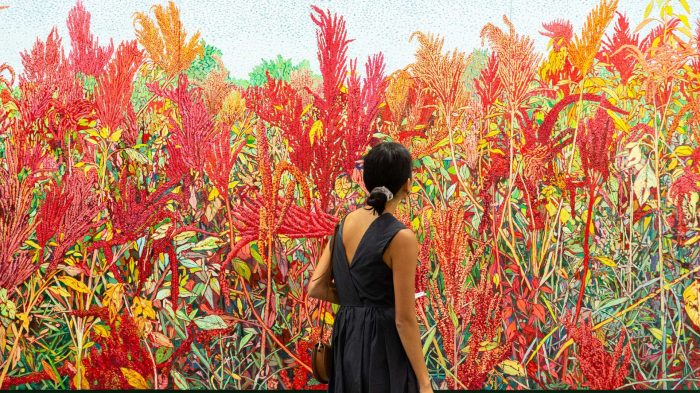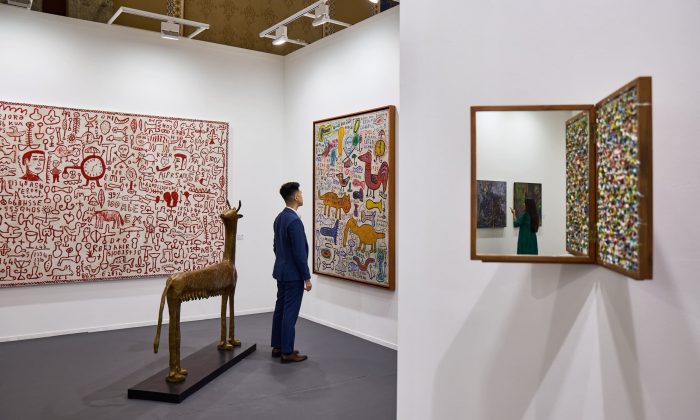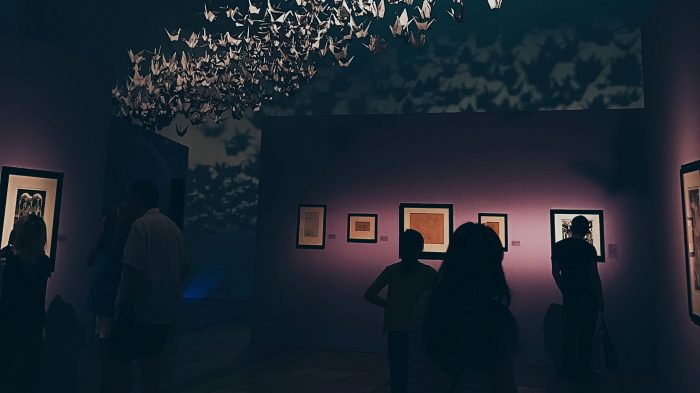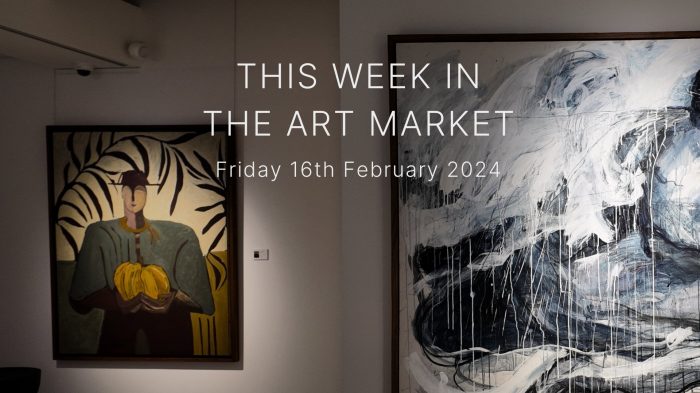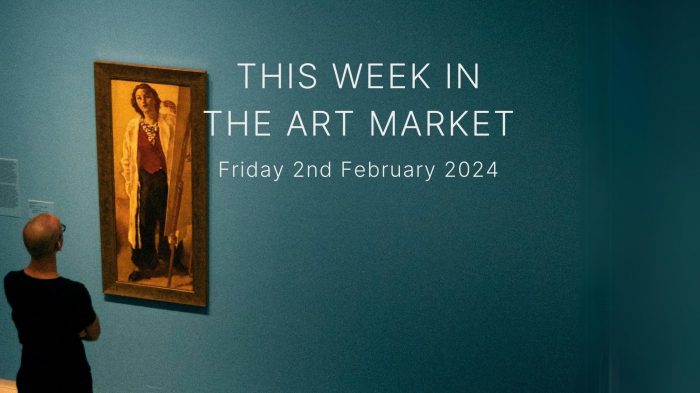When one is enjoying a fine work of art, there are many considerations that are often overlooked yet vital to the composition of the work. This ranges from the skill of the artist, genre of painting, style of stroke, choice of materials to the time, country and even town from which the work originated from.
With all this in play, there is little wonder that colour, tones, and application often go unnoticed. The role and importance of colour are almost unsurpassed in the fine artworks we enjoy today. These days, a colour – or the 500+ varieties thereof with their RGB and Hex values – can be selected at the click of a mouse or via a computer application. How colours are used throughout the history of art is a fascinating story, with some of the world’s most creative minds being responsible – in part – for the colour spectrum we have today.
The first theories about colour were proposed by the Greek philosopher Aristotle, who maintained (in De Coloribus) that the two principal colours were white and black – light and its absence – and that all colours derived from one of the four elements: air, water, earth and fire.[1]
Before the time of the great philosopher, 40,000 years ago when the oldest known painting in Borneo caves were created – that of a weathered painting of a beast daubed on the wall of a limestone cave, the reddish-orange image depicts a plump but slender-legged animal, probably a species of wild cattle that still lives on the island, or simply dinner in the eyes of the artist – colours were used to depict the difference between shapes and animals in those rudimental days.
These reds and oranges were sourced largely in the iron-ore rich soils and stones of nations back in the early days, used in abundance in artworks. Centuries later, during the 16th and 17th centuries, the most popular red pigment came from a cochineal insect, a creature that could only be found on prickly-pear cacti in Mexico. These bugs are often still used today by the cosmetic industries.
The first colour to be synthetically produced was Egyptian Blue. It was created in Ancient Egypt around 2,200 B.C. by combining limestone and sand with a copper-containing mineral (such as azurite or malachite) and heated. This combination provided the stunning color blue that was found in many of the treasures of ancient Egypt, laden with gold and blue – such as the many sarcophaguses and pottery items found in the ancient tombs.
Blue then evolved as ‘true blue’ pigment, found in priceless works such as ‘The Virgin in Prayer’ and ‘The Girl with the Pearl Earring’, thanks to a rare earth mineral Lapis, found in the mountains of Afghanistan. The price of this pigment sometimes rivalled gold.
The final primary colour is yellow. Often referred to as the colour of sunshine or the colour of gold, it was important to many ancient civilizations and religions through the ages.
With the first application thought to be over 17,300 years old, it has been used in some of the world’s most recognizable brands, such as McDonald’s. Yellow is known as a synonym for happiness, brightness and light heartedness in today’s popular culture.
However, the colour yellow comes with a murkier past as it was most often reached for by Medieval and Renaissance artists when cloaking the callous betrayer, Judas Iscariot, whose duplicitous kiss singled Christ out for the tortures of crucifixion. Symbolically, colour is used to convey meanings behind works of art.
Saffron – also used in many cooking dishes, especially from the Mediterranean – with its intensive yellow colour has long been prized by ancient cultures for some 4,000 years. It is a stunning pigment that is strong-fast in colour, almost impossible to remove from your clothing or granite bench tops.
Colours throughout the history of art were sourced from different natural and synthetic sources and have different intrinsic meanings. From the regal, and expensive “True Blues”, through to the scandalous yellows and ancient reds, colours in art have almost as much intrigue and the mystery behind them, as the works they assisted in creating.
When enjoying a work of fine art, be it modern, contemporary or a historical masterpiece, take a moment to savour what colour meant at the time to see what may be hidden in meaning – often in plain sight.
If you are building your portfolio of fine art, for the purpose of investment, or simply for enjoyment, speak with Asia and Australia’s premier investment art specialist, Art Works to find out how your art portfolio can be something of love, passion and value.


